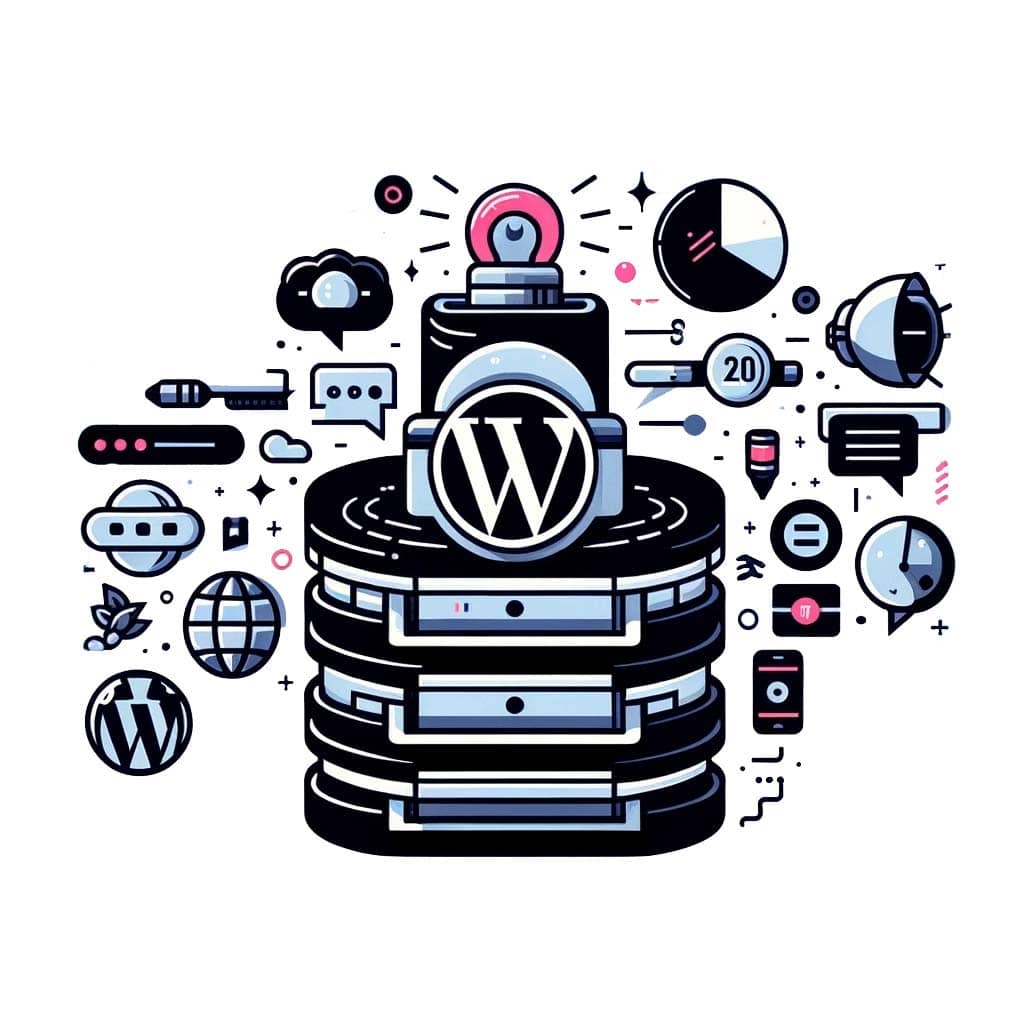SaaS focused on Advertising?
Must have 3 Activation metrics to monitor:
WHAT is Activation metrics?
Activation metrics measure how effectively your brand engages its users after first interaction. This determines whether users are reaching key milestones that indicate they're finding value. Monitored milestones can be: completing a tutorial; using a feature multiple times like completing a key feature; achievements; frequency of usage within a sensitive time-frame. By tracking activation, businesses can improve user onboarding and retention.
Activation metrics is monitored for specific indicators that quantify user engagement and value realization at critical points in the user journey, often defined as "activation events." Effective analysis of activation metrics enables development teams to iterate on user experience, optimise onboarding processes, and ultimately drive higher retention rates by aligning product capabilities with user needs.
WHY monitor Activation metrics?
Monitoring activation metrics is essential because they show how well users are engaging with your brand after they first start using it. By understanding these metrics, businesses can identify if users are struggling to find value or complete important tasks. This insight helps improve the onboarding process, leading to better user retention and satisfaction.
Monitoring activation metrics is CRITICAL for identifying potential friction points in the user journey. These metrics provide actionable insights into user behaviour, allowing development teams to assess the effectiveness of feature adoption. By analyzing activation trends, businesses should refine SaaS development, enhance user experiences, and increase overall retention, ultimately driving sustainable growth.
Advantages to monitor & report Activation metrics:
Monitoring and recurrent reporting activation metrics has several advantages. Recurrent monitoring with automatic reporting offers key strategic advantages by ITSELF.
First, it helps businesses understand how users interact with their product, allowing them to spot issues early on. It enables data-driven decision-making by providing actionable insights into user engagement and onboarding effectiveness.
Second, it provides insights for improving user onboarding, making it easier for new users to find value. Continuous tracking allows teams to identify trends, measure the impact of changes, and optimise user pathways in real-time.
Lastly, by sharing these reports, teams can stay aligned and focused on enhancing user experience, leading to better retention and growth. Additionally, sharing these metrics fosters cross-functional collaboration, aligning product, marketing, and support efforts towards enhancing user activation and retention strategies, ultimately driving sustainable growth and product-market fit.
SaaS focused on Advertising? Start monitoring your Activation metrics today!
SaaS focused on Advertising?
Must have 3 Activation metrics to monitor:
#1 - User Onboarding Completion Rate
User Onboarding Completion Rate for a SaaS application focused on Advertising, measures the percentage of users who complete the onboarding process.
Why track User Onboarding Completion Rate? Monitoring User Onboarding Completion Rate is crucial as it "greets users" to discover key features and functionalities of your application. This helps them understand how to derive value from it. Also it identifies how effectively users are being guided through specific stages of your application. A low User Onboarding Completion Rate indicates, that your users are confused or disengaged. This translates to high(er) churn.
How to calculate User Onboarding Completion Rate? Your domain's User Onboarding Completion Rate can be calculated by dividing the number of users who complete the onboarding process, with the total number of new users. Then multiply by 100, to get your percentage.
How to improve User Onboarding Completion Rate? To improve User Onboarding Completion Rate, simplify the onboarding process by providing clear instructions. Use tooltips or interactive guides, relevant imaging (icons, pictures) and even tutorial videos. Asking feedback from users, directly in your app page(s), makes you understand their pain points.
SaaS focused on Advertising? Start monitoring your User Onboarding Completion Rate metrics today!
#2 - Time to First Action
Time to First Action for a SaaS application focused on Advertising, measures how long it takes your users to perform their first meaningful action (within your app).
Why track Time to First Action? Monitoring your Time to First Action provides insights into how quickly users are able to start deriving value from your application. A shorter Time to First Action, suggests that your users are finding the application intuitive and easy to use. This translates into higher satisfaction and retention rates.
How to calculate Time to First Action? Calculate your Time to First Action by measuring the time between new user sign-up and their first action. Then compare with the average time across all new users.
How to improve Time to First Action? To improve Time to First Action, streamline the user interface. Provide contextual help everywhere. Highlight (elevate, feature) "key features" that drive engagement right from the start.
SaaS focused on Advertising? Start monitoring your Time to First Action metrics today!
#3 - Feature Adoption Rate
Feature Adoption Rate for a SaaS application focused on Advertising, refers to the percentage of users who utilize specific features, within a certain period after signing up.
Why track Feature Adoption Rate? Monitoring your Feature Adoption Rate helps you understand which features are compelling and which may need improvement or additional promotion. Understanding feature adoption helps prioritize product development and marketing efforts. Low adoption rates for critical features indicates usability issues, language barriers or worse: a lack of awareness among your users.
How to calculate Feature Adoption Rate? Monitoring your Feature Adoption Rate can be calculated by dividing the number of users who have used a specific feature with the total number of users. Then multiply by 100, to get your percentage.
How to improve Feature Adoption Rate? To boost Feature Adoption Rate, implement user education sessions. Create short and to the point tutorials, with relevant images and videos. Leverage in-app messaging, to highlight underused features or modules, that can benefit your users.
SaaS focused on Advertising? Start monitoring your Feature Adoption Rate metrics today!
We’re passionate about helping you grow and make your impact
Continue being informed
Monthly vulnerability reports about WordPress and WooCommerce, plugins, themes.
Weekly inspiration, news and occasional with hand-picked deals. Unsubscribe anytime.




